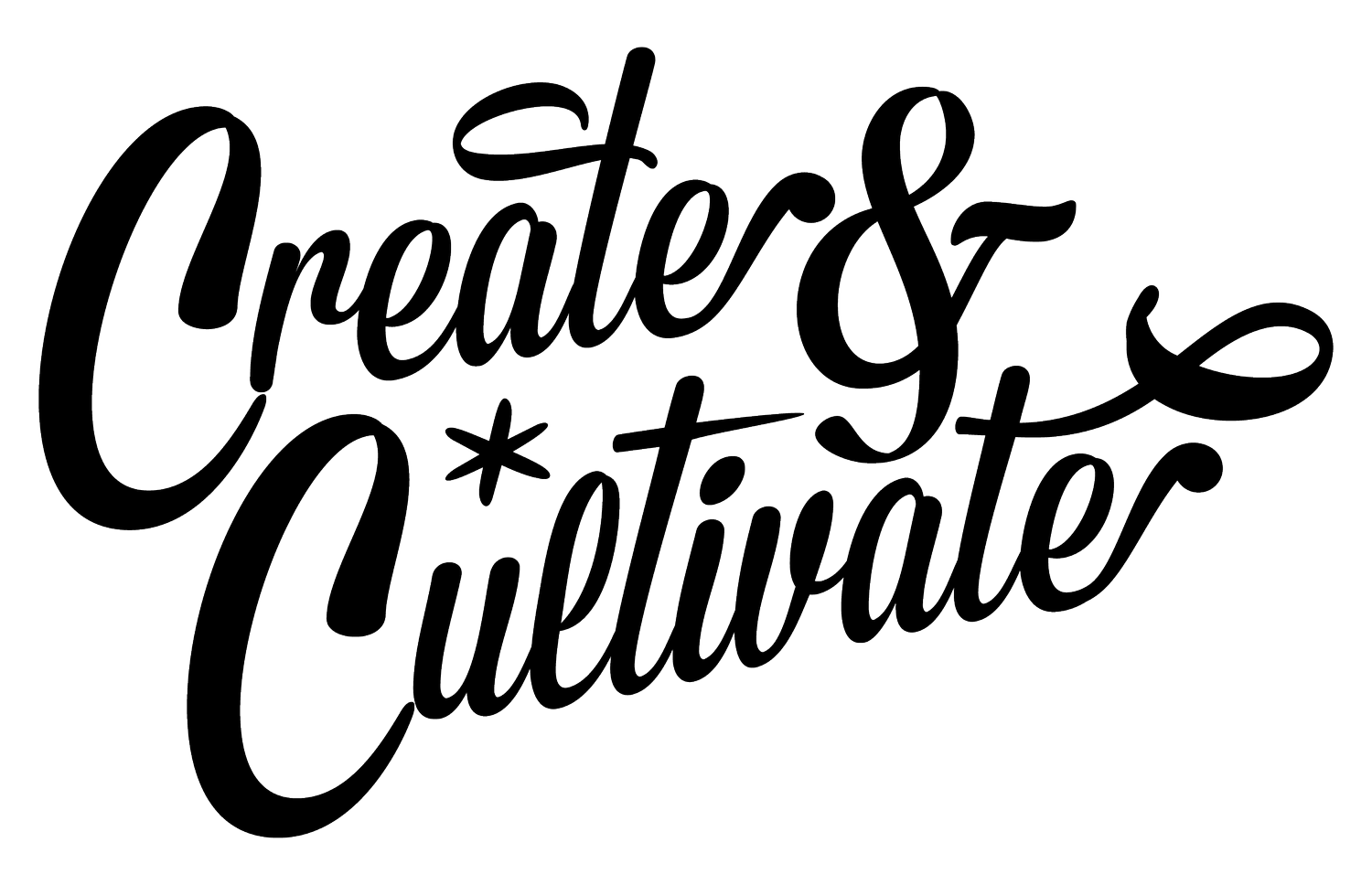Do you remember the moment that defined your life's journey? Or rather, the moment that set you on a path that you never envisioned? These moments become a collection of stories that are important in defining who we are. For attendees at our Future Summit in Austin, Texas these moments came to life through a unique experience facilitated by Essie Golden, a Los Angeles-based body positivity advocate.
Throughout the day, attendees had the opportunity to connect with Golden in the ORIGIN™ Story pop-up, sponsored by ORIGIN™ Spring Water, and open up about their unique experiences. In turn, Golden created a custom piece of artwork that reflected each attendee’s story.
Despite coming from diverse backgrounds, each attendee shared a common thread of inspiration, highlighting moments of resilience and perseverance. From uprooting their lives every few years to move across the United States to breaking free from the mold of those that came before them, all found something that motivated them to push themselves beyond their limits and take risks to pursue what drives them.
ORIGIN™ Spring Water was uniquely positioned to help facilitate these stories because the brand has its own story of the journey it takes to be crafted for your table. Beginning at American springs where the water is responsibly sourced and ending in the hands of Americans across the country.
Scroll for stories from five attendees that prove there is power in sharing our experiences to not only inspire others, but to also give ourselves permission to trust in the stories we continue to create.
Create & Cultivate: Tell us a little bit about your origin story. What’s something that has made your experience unique?
Tanida Mullen (professional development trainer): Definitely my family. We moved to Texas because of the military. It was just the three of us, my mother and my father. Being in that type of community and always moving, you have to adapt very quickly and learn to meet people and make a home that's not necessarily home. It was really influential in how I built relationships.
Claire Heleniak (student and social media specialist): I lost four of my family members very close to each other. It puts everything into perspective. I've been really valuing that time with all of those people, and making sure they know that I care about them and that they matter.
Sonali Prabhu (photographer and content creator): I didn't realize that it was going to turn into what it did. I've always been a tech girly. I started on YouTube in 2013. I was like, wait, why can't I create? I can do this too.
Kiana Dietz (account manager and Etsy store owner): I’ve always tried to do multiple things. I’m proud that I’ve been able to stick with it. I moved to Austin, and I’ve met such an incredible group of people that inspire me.
Rachel Antone (artist and sales enablement manager): All of the twists and turns, and the fact that I’ve had to pivot. I thought I was going to be an artist, but I wanted to be more practical. I wanted to follow the pressures of what my parents were putting me under. I’m learning there are things in my past that I haven't really nurtured. The things that really make me who I am. I’m trying to revisit those things by integrating them into my current role.
So during this entire journey, what is something or someone that inspired the possibility for you to do what it is that you're doing now?
SP: Content creators that are my skin tone. Everyone can be a creator. [It] definitely inspires me to see people that are already doing it and thinking that I can get those same opportunities. I turn that into motivation, instead of jealousy.
KD: My biggest inspiration is definitely my mom. She’s my best friend. She’s so inspiring. She had an amazing job and decided to step away and start her own business. She’s such a go-getter.
RA: Being surrounded by people outside of my home was important. Breaking out of that and seeing people make the most of their lives by being creative or figuring out different ways to apply their gift. I learned from people in the real world, rather than staying close to what I knew.
What's the one piece of advice you would give your younger self?
TM: Just do it. Just keep going. That's something that continues to be a thread in everything I do. I'll just start it. We're gonna figure it out as we go along.
CH: You're just starting out. Nobody knows what they're doing. It’s okay. We’re all just winging it.
KD: Try not to get in your head about what others may think of you. You don’t have to fit a certain mold. I wish I took more risks when I was younger. I was too safe trying to do what other people expected of me.
RA: Don’t neglect the things you love because someone on the outside says it’s not useful—I was listening to a lot of people I trusted because I thought they knew more than me.

